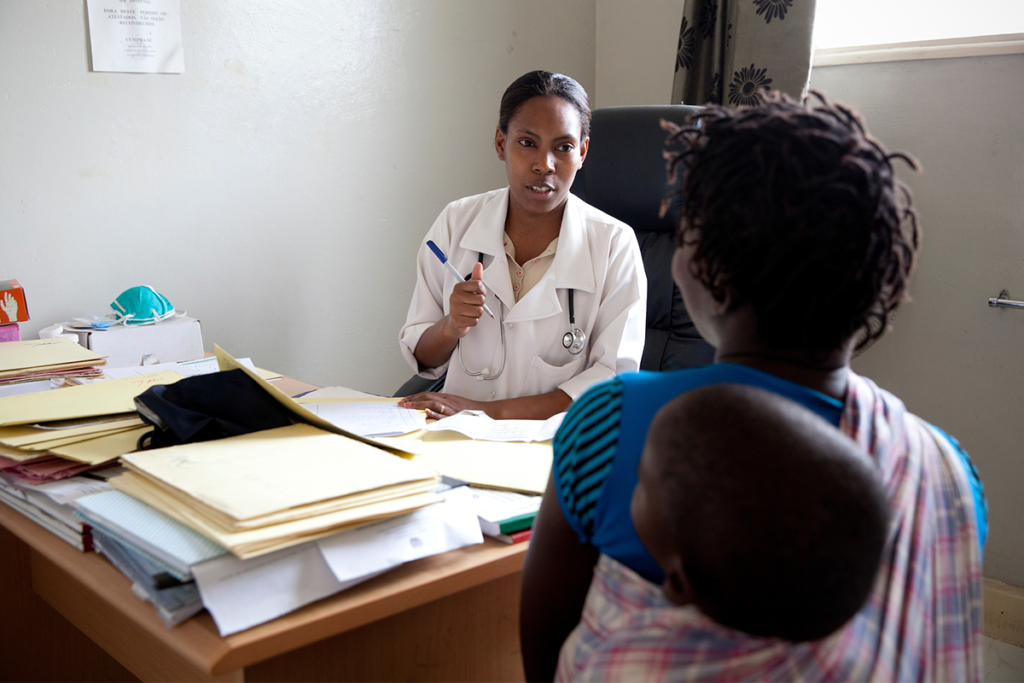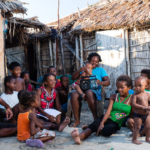A long-acting, highly effective contraceptive method called the levonorgestrel intrauterine system (LNG-IUS) was first approved for use almost thirty years ago. Since then, it has become popular and widely used in high-income countries. However, until recently, the high cost of existing products has limited availability of the method in low-resource settings. Now, new and more affordable LNG-IUS products are becoming available. In 2015, the U.S. Agency for International Development (USAID) convened a new working group comprised of a diverse group of donors, manufacturers, research and service delivery partners to help accelerate introduction of the method. Through this platform, FHI 360 and other members contributed to the development of a global learning agenda – a series of research questions that donors and implementing agencies agreed are priorities to evaluate the potential impact of the LNG-IUS. Working group members then implemented a simple but innovative approach to making limited research dollars go farther in addressing the learning agenda questions.
The approach was initially spurred by a study that FHI 360 researcher David Hubacher and a team in Kenya led in 2012 to evaluate use of the LNG-IUS in public sector there. The study produced several important findings: the team found high uptake and acceptability of the method, and continuation rates at one year were comparable to other long-acting methods including contraceptive implants. Among 671 postpartum women offered a range of methods, 16% chose the LNG-IUS. In addition, approximately one-third of LNG-IUS said that if the product had not been available, they would have chosen a less effective, shorter-acting method. Notably, only 21% said they would have used a copper IUD. This means that the LNG-IUS could potentially fill a gap in the market that is not currently filled by the copper IUD.
All these findings address questions that are flagged as priorities in the learning agenda: will there be demand for the product among populations of special interest including postpartum women? What are continuation rates of the LNG-IUS compared to other methods? Does the LNG-IUS have the potential to ‘revitalize’ the IUD market in countries where uptake of the copper IUD has been low?
This research represents the only prospective cohort study of LNG-IUS acceptors that has been conducted to date in sub-Saharan Africa. Replicating a study like this at a larger scale and in other settings would be expensive, and there is limited research funding available. To answer the learning agenda questions in the most cost-efficient manner possible, we need to leverage various program evaluation efforts across countries to gain a comprehensive understanding of the potential impact of the LNG-IUS in various contexts. The working group members recognized that if we ask similar questions of new LNG-IUS acceptors in all programs as part of routine data collection, we can amplify the impact of our evaluation efforts.
- Can you briefly tell me the reasons you chose the LNG-IUS today instead of another method?
- If the LNG-IUS had not been available today, what method, if any, would you have chosen instead?
- How did you first find out about the LNG-IUS?
Next, we shared these three questions with members of the working group, and encouraged the other organizations to use them. As a result, Population Services International (PSI), Jhpiego and WomanCare Global incorporated the questions in all the countries where they are evaluating pilot activities funded by USAID. This simple approach will allow partners to compile and compare evidence from various assessments in different country contexts and thus draw broader conclusions.
The working group met in Washington D.C. last month, and MSI and FHI 360 presented preliminary data from Nigeria. Early findings indicate that a top reason that new users of the LNG-IUS selected the method was its potential to reduce menstrual bleeding. This is an important finding because existing evidence is mixed regarding whether women in Africa will tolerate absence of menstrual bleeding as a side effect of contraception. At future meetings of the working group, we anticipate hearing about findings from Madagascar, Kenya, Zambia and Zimbabwe. Since the same questions are being asked in the same way across the countries, we will be able compare findings to see if and how women’s perspectives differ across various service delivery contexts.
This approach to collaboration involved easy and inexpensive steps:
- Modifying research questions from a prospective cohort study and applying them to routine M&E efforts;
- Disseminating the questions to other implementing partners and encouraging their use; and
- Sharing data and findings to compile and compare learning across countries.
As global health budgets are under threat in the current funding landscape, we must all explore simple, low cost ways to amplify the impact of research and evaluation efforts. Applying the power of partnerships to make research dollars go farther makes all the sense (and cents!) in the world.
Photo credit: Jessica Scranton/FHI 360
###
[1] Service provision and evaluation in Nigeria are being funded through the Support for International Family Planning and Health Organizations (SIFPO) 2 project by the US Agency for International Development under Cooperative Agreement No. AID-OAA-A-14-00036 which is implemented by Marie Stopes International in partnership with EngenderHealth, Grameen Foundation and FHI 360.




